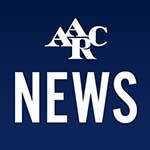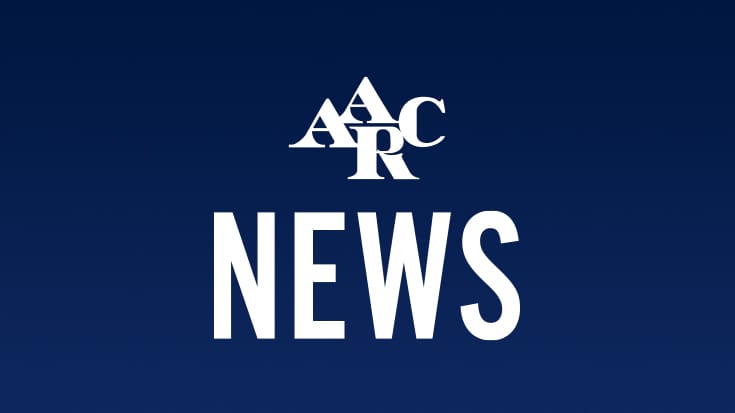
Sharing his experience interacting with future students, Randy Insley III, PhD, RRT, RRT-NPS, RPFT, RRT-ACCS, AE-C, ACSM-PAPHS, roots his efforts in actions designed to inspire students. Insley explains that staying connected and being an active listener contributes to their success as they choose and develop their career path.
“I try to remember that for the most part, students are just kids trying to make it in an otherwise tough world,” Insley said. “Instead of ‘talking at them,’ consider ‘walking with them.’ It takes a little more work, but the results are worth it for everyone.”
Standard Activities
For Insley, associate professor and admissions coordinator for the Respiratory Therapy Program of the College of Health and Human Services at Salisbury University in Maryland, participation in activities allows for broad program exposure, “and to a great extent, the opportunity to network with other medical program faculty.”
These activities can include:
- Open Houses
- E-mails (e.g. newsletters, e-blasts)
- Data profiling for contact identification (i.e., find all students in your college who have completed Anatomy, etc.)
- Static displays.
- Represent the program at scheduled advising meetings
- Be included in school newspapers
Activities allow program directors to promote and educate about the program. They give future students a chance to make further connections and help them find a professional career that is a good fit.
Inspire, don’t recruit
Insley suggests that connecting with future students at an interpersonal level will help spark inspiration. When working with future students, Insley keeps Carl Rogers’ client-centered therapy method top of mind. He helps foster an environment where future students can forge their own path.
“Avoid ‘recruitment,’ ‘advisement,’ ‘counseling,’ etc., constructs,” Insley said. “Very early in the interaction, identify the student’s needs. I tell all students, ‘It is neither my goal nor role to recruit you. Rather, I am here to help you find a path that helps you be happy. What will make you happy?’”
Ground these interactions in warmth, genuineness, and empathy.
- Warmth: Students can sense distant faculty members.
“Get out from behind your desk,” Insley said. “Don’t be visually framed in your ‘Wall of Fame’ (i.e. every certificate/degree/award you have earned since kindergarten).”
- Genuineness: According to Insley, students are “served best by mutually processed, frank, circumstantial assessments, gleaned from honest conversation.” Examples of this may be: “Yes, this program may be an important step toward medical school entrance” or “Your 2.13 GPA is not going to allow you entry into any medical program at this institution…let’s look at ways of rehabilitating this average.”
“Find a way to have your honesty heard and internalized, and yet remain positive,” Insley said.
- Empathy: Insley recommends educators “walk in the student’s shoes yet stay objective.”
“I often share how academically dismal my undergraduate years were (invariably, they smile), and how a solid plan can have very positive outcomes,” Insley said.
Additional tips
Encourage success: GPA plays a role in shaping and motivating a student’s career path. Insley recommends educators find ways to improve performance and achieve academic validation, which will yield program entry and professional success. For students with a few poor grades, work with them to construct a success path.
Real life connection: Insley encourages educators to strongly minimize early digital interaction
“Rather, insist on real, old-fashioned, face-to-face conversation,” Insley said.
Stay in touch: According to Insley, “ongoing contact with the faculty member enhances a student’s willingness to work through success obstacles.”
“About 80% of the students I see tell me that their interaction with me is so very different, and so much better, than other professional programs with whom they have spoken,” Insley said. “I always ask at the end of the first conversation, ‘Do you feel better about your academic future?’ Invariably, I see a broad smile, and hear something like, ‘You have no idea!’”
Promoting the Profession
Check out the AARC’s What is an RT? page to help promote the profession to future RTs searching for their career path.
Email newsroom@aarc.org with questions or comments, we’d love to hear from you.















